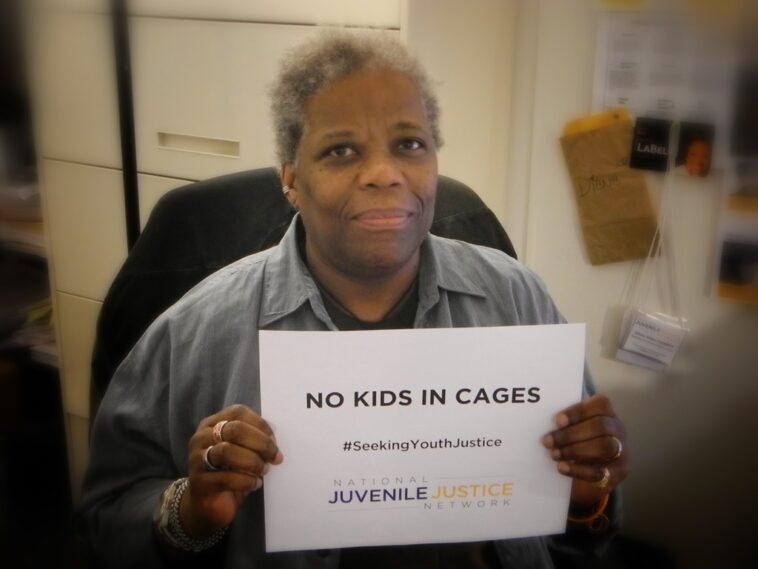
The Maryland General Assembly’s 2024 Legislative Session Prioritizes Juvenile Crime and Justice Reforms
The state of Maryland is grappling with the issue of juvenile crime, which has been on the rise in recent years. The 2024 legislative session, which began on Wednesday, January 10 in Annapolis, has put a focus on tackling this issue, with both Democrats and Republicans agreeing that changes need to be made to current justice reforms.
The Need for Juvenile Justice Reform
The issue of juvenile crime gained attention after a report by Maryland’s Department of Juvenile Services in September revealed an increase in violent juvenile crimes in the state, including Montgomery County. Leading up to the session, Montgomery County saw a 95% increase in juvenile-related violent crime, specifically an alarming 108% increase in robbery since 2019. Statewide data also showed concerning trends between fiscal year 2021 and fiscal year 2023, which saw gun violations rise 220%, carjackings spike 85%, auto theft complaints increase 65%, and non-violent felony complaints increase around 70% over fiscal year 2022. There is a growing consensus among decision-makers on both sides of the aisle that the 2022 Juvenile Justice Reform Act had unintended consequences and needs revision.
Different Approaches by Democrats and Republicans
Despite agreeing on the need for reform, Democrats and Republicans have different ideas for how to address the issue. Democrats believe that only minor tweaks to clarify the 2022 Juvenile Justice Reform Act are necessary. On the other hand, Republicans believe that certain provisions of the law need to be completely rolled back.
Republicans see the Juvenile Justice Reform Act of 2022 as contributing to the rise in juvenile crime. The law aimed to keep juveniles out of the judicial process and justice system as much as possible. The Act reduced the number of juveniles charged with crimes, placed in detention centers, and placed on lengthy probations. One significant change in the law was that children under 13 could be charged with only the most violent offenses, including murder, rape, first-degree assault, carjacking, and abduction. This provision came under scrutiny after a 12-year-old was found responsible for bomb threats at multiple Montgomery County Public Schools in October and could not be charged.
Proposed Changes to Juvenile Law in Maryland
Republicans have proposed the Juvenile Justice Restoration Act, which seeks to right the recent wrongs of new juvenile justice laws that have made it nearly impossible to ensure that there are appropriate consequences for young offenders. The Restoration Act aims to tweak the current law. Some of the suggested changes include:
- Reversing the Juvenile Justice Reform Act of 2022 that reduced the number of juveniles charged with crimes and placed in detention centers
- Making all crimes, including non-violent offenses, available for consideration for guilty adjudication
- Require a screening risk-and-needs assessment before a juvenile can be released from secure detention
- Change the definition of “crimes of violence” to include crimes such as 2nd degree assaults or 3rd-degree sex offenses
Democrats, however, believe in a less sweeping approach. They believe that a “nip and tuck” of current juvenile justice laws is necessary. Democrats believe that the provision regarding what children under 13 can be charged with needs to be looked at, but only minor changes are needed. For instance, the definition of “crimes of violence” should be broadened to include less violent crimes than the current law permits.
Importance of Intervention and Diversion
The rise in juvenile crime has also spurred important conversations about the need for intervention and diversion programs. While police arresting juveniles is not a solution, intervening and providing diversion programs can be effective. However, the lack of resources and structure in these programs has emphasized the importance of reform. The Children in Need of Supervision (CINS) program is an example of an intervention program that can be successful if utilized properly.
Montgomery County is a significant topic of discussion when it comes to intervention and diversion programs, with Montgomery County Police Chief Marcus Jones clarifying misconceptions about local government and law enforcement. County Councilmember Kristin Mink reiterates that arresting juveniles might not make the community safer, but neither does releasing them without connecting them to services and accountability measures.
Conclusion
With the rise in juvenile crime in Maryland, the 2024 legislative session has put juvenile justice reform and the importance of intervention and diversion at the forefront. Both Democrats and Republicans agree changes need to be made; however, they disagree on the extent of those changes. While the issue is a complex one, the focus on intervention and diversion programs and the proper use of resources in those programs continues to be a critical part of the conversation.
Originally Post From https://moco360.media/2024/01/09/maryland-general-assembly-and-moco-tackle-rise-in-juvenile-crime/
Read more about this topic at
Reforming Juvenile Justice: A Developmental Approach
Legislation | Office of Juvenile Justice and Delinquency …


